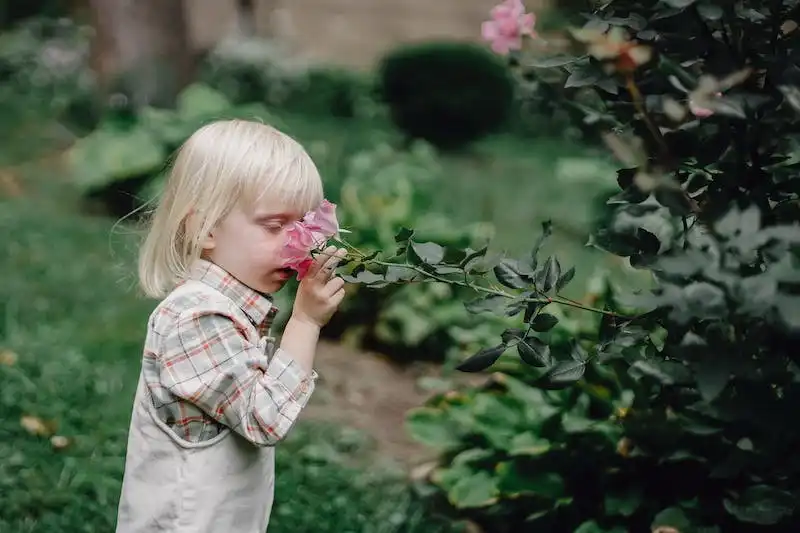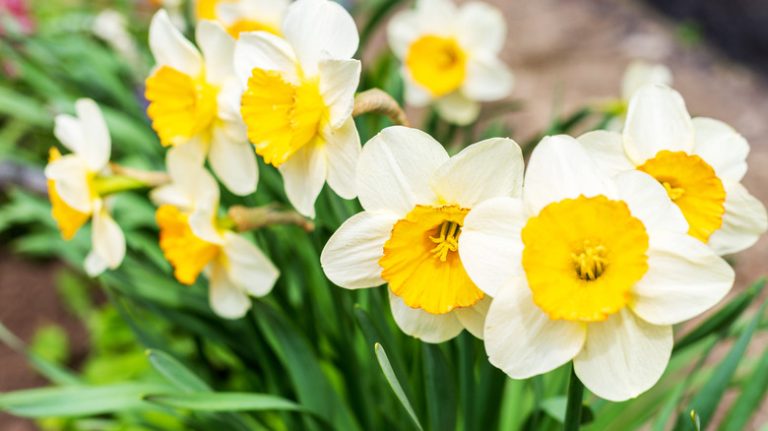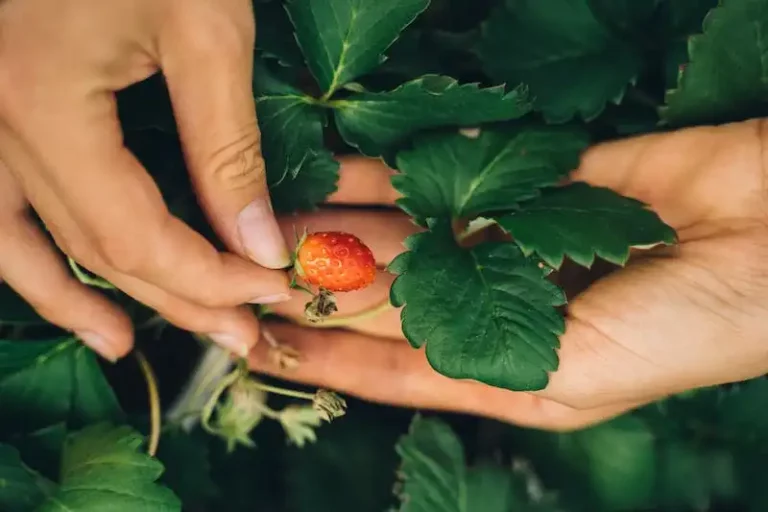The bright and long flowering hibiscus plant is known for its colorful and double rosa-sinensis flowers. Many gardeners love to grow hibiscus, but it’s important to know how to properly care for these plants to prevent diseases and ensure they thrive. Whether you live in a warmer climate where hibiscus grows all year or in a colder region where they need to be grown indoors, there are several types and series of hibiscus that you can choose from.
When growing hibiscus, it’s important to provide them with the right conditions. They need a well-draining soil mix and a potting soil that is specifically designed for hibiscus. It’s recommended to repot your hibiscus every year into a larger pot, as they can quickly outgrow their containers. Hibiscus plants also prefer high humidity, so it’s a good idea to place a humidity tray near them or mist them regularly.
Hibiscus plants are prone to pests and diseases, so it’s crucial to be careful. Some common pests that can attack hibiscus plants include aphids, spider mites, and whiteflies. Regularly inspect your plants for any signs of these pests and take immediate action to prevent them from spreading. Additionally, hibiscus plants are susceptible to dropping their flowers and leaves, especially during colder months or when they are moved to a new location. This is normal, but if you notice excessive dropping, it’s a sign that something might be wrong with your plant.
Overall, hibiscus plant care requires attention to detail and regular maintenance. By following these tips and providing your hibiscus plants with the right conditions, you can ensure they grow and flower to their full potential. Whether you have a small potted hibiscus or a large hedge of them, keeping them healthy and vibrant is the key to a beautiful garden.
Source: “Hibiscus Plant Care: An Overview” by Marty
How to Grow Tropical Hibiscus
Growing tropical hibiscus plants can be a rewarding experience for any gardener. These plants, native to Hawaii, are known for their vibrant and showy flowers that come in a wide range of colors, including yellow, double, and red. Here are some tips to help you grow tropical hibiscus successfully:
- Light: Tropical hibiscus plants need a lot of light to thrive. Place them in an outdoor spot where they can receive at least six hours of direct sunlight each day. If growing them indoors, use grow lights to provide adequate light.
- Watering: Hibiscus plants have high water needs, so make sure to water them frequently. The soil should be kept slightly moist, but not overly saturated. Water the plants once or twice a week during the growing season, and reduce watering during the winter months.
- Temperature: Tropical hibiscus plants thrive in warm temperatures. They prefer temperatures between 60 to 90 degrees Fahrenheit. During colder months, bring the plants indoors or protect them from frost.
- Pruning: Regular pruning is important to keep tropical hibiscus plants healthy and encourage new growth. Prune the plants before the start of the growing season to remove any dead or damaged branches. Use a clean, sharp pruning tool and make clean cuts just above a node.
- Propagation: If you want to propagate tropical hibiscus plants, you can do so through stem cuttings. Take a 6-inch cutting from a healthy plant, dip the cut end in rooting hormone, and plant it in a well-drained potting mix. Keep the soil moist and place the cutting in a warm, bright area. Roots should develop in a few weeks.
- Diseases: Yellowing leaves, dropping buds or flowers, and pests are common issues that tropical hibiscus plants may face. To prevent diseases, make sure the plants are growing in well-drained soil and avoid overwatering. Treat any pests with appropriate insecticides, following the instructions on the label.
- Overwintering: If you live in a colder zone where temperatures drop below 50 degrees Fahrenheit, you will need to overwinter your tropical hibiscus plants. Before the first frost, prune the plants back by about one-third, then bring them indoors. Place them in a bright, cool area and reduce watering. They will go dormant during the winter months and can be brought back outside once temperatures warm up.
By following these tips, you can successfully grow tropical hibiscus and enjoy their beautiful flowers in your garden or indoor space. Remember to provide them with the right amount of light, water them regularly, and perform necessary pruning to keep them healthy and blooming.
Source: Marty’s Tropicals – https://www.martystropicals.com/tropical-hibiscus-plant-care.html
Hibiscus Plant Care
Growing and caring for hibiscus plants is relatively easy, as long as you provide them with the right conditions. Hibiscus plants are known for their long-lasting and colorful blooms, making them a popular choice among gardeners.
One important aspect of hibiscus plant care is ensuring they are planted in the right location. Hibiscus plants prefer to be placed in full sun, so find a spot in your garden where they can receive at least six hours of sunlight each day. In hotter climates, some afternoon shade might be beneficial to prevent the foliage from burning.
Hibiscus plants also require well-draining soil to avoid root rot. You can achieve this by planting them in a pot with drainage holes or adding compost or sand to the soil if planting them directly in the ground. If you choose to pot your hibiscus, make sure to use a larger pot to accommodate the plant’s root system as it grows.
Watering is another crucial aspect of hibiscus plant care. For these plants, it is best to water them regularly, especially during dry periods. However, they don’t like to sit in waterlogged soil, so make sure the soil is slightly moist but not waterlogged. If you notice the leaves yellowing and dropping, it could be a sign of overwatering.
Fertilizing your hibiscus plants is important to keep them thriving. Use a balanced fertilizer that is specifically formulated for hibiscus plants. It is advisable to fertilize them every four weeks during the growing season, which is usually from spring to fall. Follow the package instructions for application rates, and make sure to water the plants thoroughly after fertilization.
Pruning is also essential for hibiscus plant care. Regularly pruning your hibiscus plants helps to maintain their shape and promote blooming. You can prune them to remove dead or diseased branches, as well as to control their size and shape. Make sure to use sharp and clean pruning tools to avoid spreading diseases.
While hibiscus plants are relatively disease-resistant, they can still be susceptible to some common pests and diseases. Some pests to watch out for include aphids, scales, and whiteflies. If you notice any signs of pests, you can use insecticidal soap or neem oil to get rid of them. Preventive measures such as regular inspections and keeping the plants healthy can help minimize pest problems.
In colder climates, hibiscus plants are often grown as outdoor plants during the warmer months and then brought indoors before the first frost. When transitioning your hibiscus indoors, make sure to place them in a bright and sunny location. The temperature should be kept between 60-70 degrees Fahrenheit (15-21 degrees Celsius).
In conclusion, hibiscus plant care involves providing them with proper sunlight, well-draining soil, regular watering, fertilization, pruning, and monitoring for pests and diseases. By following these care instructions, you can keep your hibiscus plants healthy and enjoy their beautiful blooms for a long time.
Hibiscus Tropical Hibiscus rosa-sinensis
The Hibiscus rosa-sinensis, also known as the Tropical Hibiscus, is a beautiful flowering plant that belongs to the mallow family. It is native to tropical regions and is loved by many gardeners for its vibrant and eye-catching flowers.
One of the main attractions of the Hibiscus rosa-sinensis is its large and colorful flowers. Their petals come in various shades of red, orange, pink, and yellow, making them a stunning addition to any garden or home. You can often find these flowers blooming during the summer months, and then it’s a colorful watch to see them glow.
When it comes to caring for Hibiscus rosa-sinensis, there are some tips and tricks you should keep in mind. This plant is relatively pest-resistant, but you might find some common pests like aphids or whiteflies occasionally. If you notice any pests, you can spray the leaves with neem oil to keep them away.
Hibiscus rosa-sinensis can grow up to 8 inches in diameter, so it’s essential to provide it with enough space. It thrives in tropical climates and prefers to be planted outdoors where it can bask in full sun and enjoy a well-drained and moist soil. However, you can also grow it indoors if you provide it with enough light and care.
Yellowing leaves are a common sign of Hibiscus rosa-sinensis plants, and they can be caused by a variety of factors. The most common ones include over-watering, under-watering, lack of nutrients, or pests. To prevent this, make sure to water your plant consistently, avoid overwatering or underwatering it, and provide it with a steady supply of nutrients.
There are many different types of Hibiscus rosa-sinensis to choose from, including double-flowered varieties and those with variegated leaves. Each variety has its own unique beauty and charm, so take the time to explore and find the one that fits your taste and style the best.
In colder regions, it’s best to bring your Hibiscus rosa-sinensis inside during the winter months to protect it from frost. You can also use plastic or an unglazed ceramic pot to insulate the roots better and prevent them from getting injured. Just remember to place it in a bright location where it can still receive enough sunlight.
In conclusion, the Hibiscus rosa-sinensis, also known as the Tropical Hibiscus, is a stunning plant that is loved by many gardeners for its bright and colorful flowers. By following some care tips and providing it with the right conditions, you can enjoy the beauty of this plant in your own garden or home.
How to Plant and Grow Tropical Hibiscus
Tropical hibiscus, scientifically known as Hibiscus rosa-sinensis, is a beautiful flowering plant that can add a vibrant touch to any garden or indoor space. This article will guide you on how to successfully plant and care for tropical hibiscus plants.
Choosing the Right Plant:
When purchasing tropical hibiscus plants, look for healthy specimens that have consistently green leaves and are free from any signs of bugs or diseases. You can find a wide variety of hibiscus types, including the popular ‘Bonnie’ series, which boasts a wide range of flower colors. Whether you buy them online from Amazon or a local nursery, make sure to choose well-grown plants for the best results.
Planting in the Right Conditions:
Hibiscus plants are best grown in outdoor conditions that offer plenty of sunlight, preferably in a location that receives at least six hours of direct sunlight per day. Before planting, amend the soil with organic matter to improve drainage. Dig a hole that is twice as wide as the root ball of the plant and place the hibiscus in the hole, making sure the soil level matches that of the original pot. Fill the hole with soil and press it firmly to eliminate any air pockets.
Watering and Feeding:
During the first few weeks after planting, hibiscus plants require frequent watering to help establish their root system. After that, you can reduce the frequency but make sure to water deeply, ensuring the soil is moist but not waterlogged. Hibiscus plants also benefit from regular feeding with a balanced fertilizer specially formulated for flowering plants. Follow the instructions on the fertilizer packaging for the correct dosage and frequency of application.
Pruning and Repotting:
Pruning helps maintain the shape and size of your hibiscus plant and promotes healthy growth. Remove any dead or damaged branches, as well as any stems that are crossing or rubbing against each other. Pruning can be done any time of the year, but it’s best to do it before the plant starts actively blooming. Repotting may be necessary when your hibiscus outgrows its current pot. Choose a larger pot and use well-draining potting soil to ensure good root health.
Propagation:
If you want to propagate your hibiscus plant, you can do so by taking stem cuttings. Use a clean, sharp knife to cut a 4-6-inch section from the tip of a healthy stem just below a leaf node. Remove the lower leaves and dip the cut end in a rooting hormone to increase the chances of successful rooting. Plant the cutting in a small pot filled with a mixture of peat moss and perlite, and keep it in a warm and humid environment until roots form.
Potential Problems:
Hibiscus plants can be susceptible to various problems, including pests and diseases. Common pests include aphids, spider mites, and mealybugs. To control infestations, you can use organic insecticides like neem oil or insecticidal soap. Hibiscus plants are also sensitive to cold temperatures, so if you live in a colder climate, consider growing them in containers that can be brought indoors during winter.
In conclusion, hibiscus plants are a wonderful addition to any garden or home. By following these care guidelines, you can ensure that your tropical hibiscus plants thrive and reward you with their stunning flowers for years to come.
Note: This article is for informational purposes only. Consult with a gardening expert or refer to specific care instructions for your hibiscus plant to ensure optimal results.




